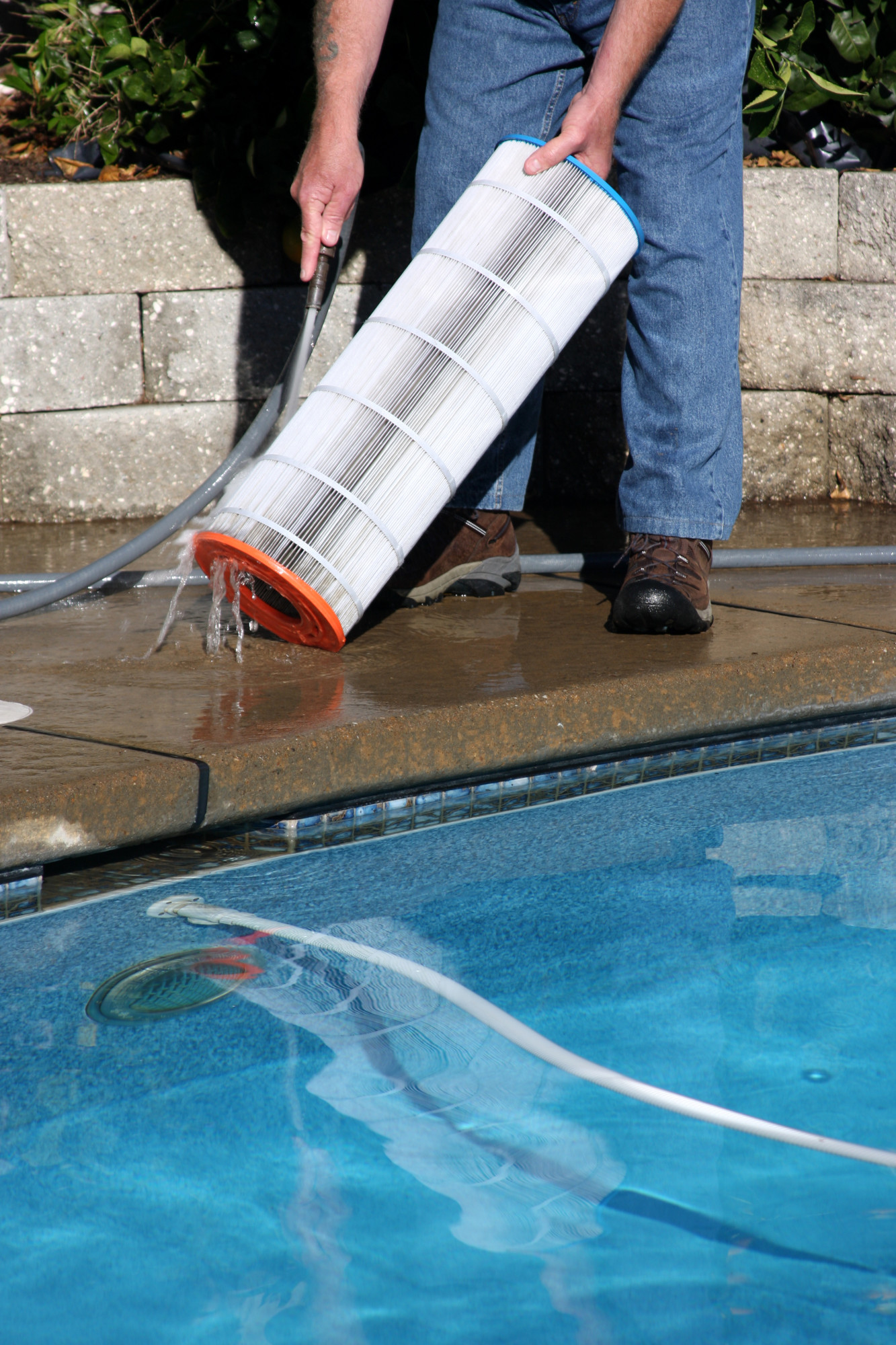- There are about 10.4 million Americans who have a swimming pool in their backyard.
Are you thinking about updating your backyard with a new hot tub or swimming pool? There are a few things you’ll need to know before you get started.
With this easy guide, you’ll learn how the ins and outs of pool connections.
Pool Connections
You’ve decided to buy that new pool you’ve already wanted. There’s one question you might have, how much will the wiring cost?
The price range of wiring a pool depends on where you live and what type of pool you have. If you use your inground pool for six months, it could cost you about $1000 to run.
In other areas in the United States, it can cost up to $3,000 to $4,500. A standard package for pool wiring includes:
- Electrical permit
- Labor and materials
- Bonding the components
- Inspection
Most electricians considered these elements when considering a standard installation:
- The pump and filter are at the house
- The house has a crawlspace foundation
- House panel box
When an electrician comes to your house, they’ll have a load of supplies. This will make fixing your pool pump connections faster.
Pump With a Timer
Some pumps come with a timer that turns the pump on and off. The less time your pump runs, the more money you save… but it can come with consequences.
To properly circulate and clean the water, your pump needs to run for 8 hours per day. That’ll keep your pool from growing algae and keep you won’t have to clean it as often.
Leaking Pump
When you finally get that pool you’ve always dreamt of, you might notice the pump leaking. Leaks commonly happen in these places: suction side and discharge side.
Suction Side
The suction side of your pool refers to the main drain of your pool and the skimmer. It’s where the water flows into your pool’s pump.
If the leak is on the suction side of your pool, underneath the vacuum, it’s an air leak. There are a few signs to look for if you think your pool is leaking via the ‘suction side’.
- Power on, but nothing happens
- Water is cloudy
- The filter tank has low pressure
If you have a clear lid, you may notice air bubbles floating to the surface of the pump’s basket.
Discharge Side
The ‘discharge’ side of the pool is under pressure, and it’s where the water from your pool is pushed out. If the leak is on this side of the pool, it’s a water leak.
Here are some signs to watch out for if you think your pool has a discharge leak.
- Water sprays from the pump connection
- A puddle at the pump’s base
- Water damage
If you come across any of these signs, your pool pump might be leaking at the connection. Pool pump connections are finicky, it’s best to have a professional look at them if you suspect it’s leaking.
Our services
Pool equipment and installation might cost you a lot, but, there are ways to save, like a pool timer. And, with the right electrician, you’ll be able to enjoy your pool with your family.
If your pool pump connection is leaking at the connection, call a professional to check it out.
For more articles about pool connections and installation visit our website.






